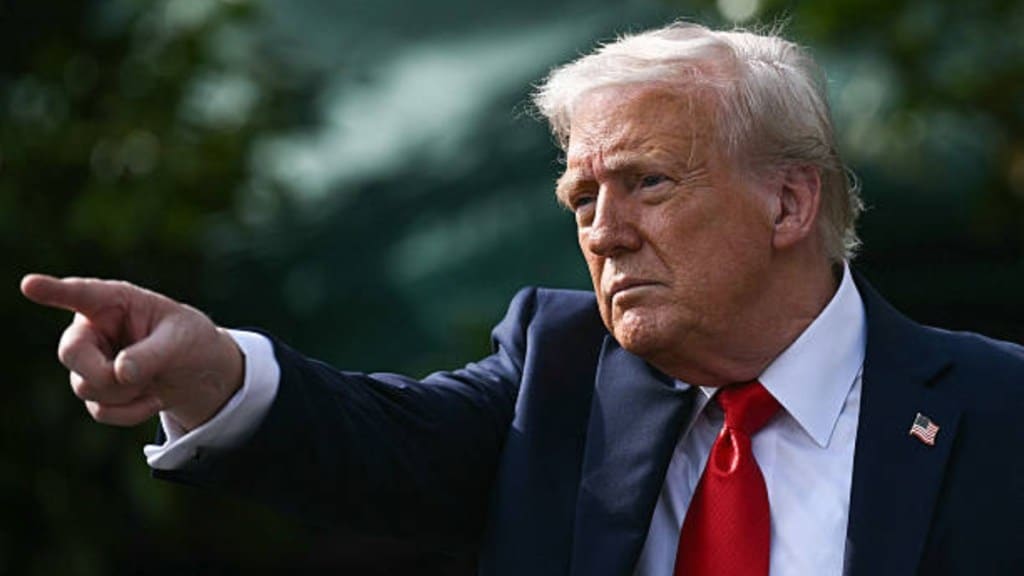India seeks to clinch the first tranche of a bilateral trade agreement (BTA) with the US to avert reciprocal tariffs of 26% plus most favoured nation duties from kicking in. There is no doubt a sense of urgency in this regard as US President Donald Trump announced a 90-day pause on reciprocal tariffs for most nations — barring China — that provides a window of opportunity to negotiate favourable deals. Vietnam and the European Union (EU), for instance, have offered a zero duty regime on their imports from the US. India has reportedly decided to steer clear of a zero tariff regime in its BTA negotiations. Given India’s relatively low per capita income, the government realises that it still needs to keep reasonable tariffs for a wide range of agricultural items and even some industrial goods even as it lowers the overall level of its tariffs under US pressure.
The unilateral threat of reciprocal tariffs obviously provides considerable leverage to Trump in trade negotiations with countries like India. When our Union commerce and industry minister Piyush Goyal was in Washington in early March for negotiations with US secretary of commerce Howard Lutnick and the United States Trade Representative Jamieson Greer, the list of items on which India could offer substantial tariff cuts and greater market access for US goods was considered inadequate. Clearly, the challenge for India is to provide vastly improved offers in goods and market access in its trade deal in the making with the US. But a zero duty regime is not on despite a section of domestic industry, especially the highly export-intensive ones like electronics, textiles, and clothing, recommending such a regime as a reciprocal gesture to the US.
Zero tariffs per se are not what the US seeks from its trading partners who have registered persistent bilateral trade surpluses. The EU’s offer of a zero-for-zero deal on industrial goods was “not enough” for Trump who suggested massive imports of US energy supplies to wipe out the trade surplus the bloc has with the US. All of which points to the lack of clarity on what reciprocal tariffs really imply — whether they are product- or sector- or country-specific — beyond what the US President has stated: “whatever they tax us, we will tax them”. Does this imply that India charges the same tariffs the US does? If so, this would go against the principle of less than full reciprocity for developing countries. Or does this regime suggest that the US will also lower tariffs in sectors where it imposes high levies like apparel and clothing?
As India navigates through the turbulence of Trump’s on and off tariff bluster, it must consider carefully what is in our national interests — as former deputy chairman of the Planning Commission Montek Singh Ahluwalia put it — while showing flexibility on specific products of interest to the US and agreeing to a mutually beneficial level of trade liberalisation in the BTA. Given the stage of its development, a zero tariff option is rightly not on the table as the biggest challenge is opening up our agriculture to a much more advanced US farm sector. This has so far been a red line for the government and must remain so. Nevertheless, there is definitely a warrant to consider liberalising farm trade for 80% of India’s agriculture that is reasonably competitive.


